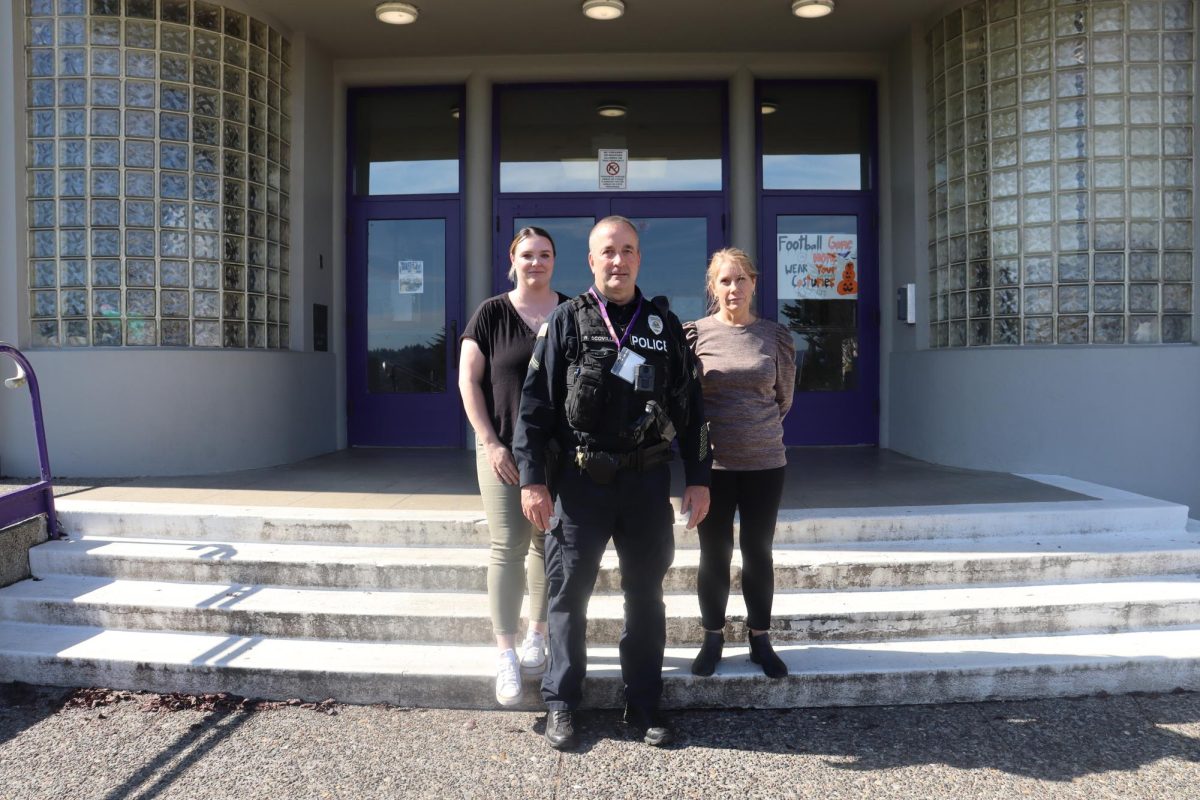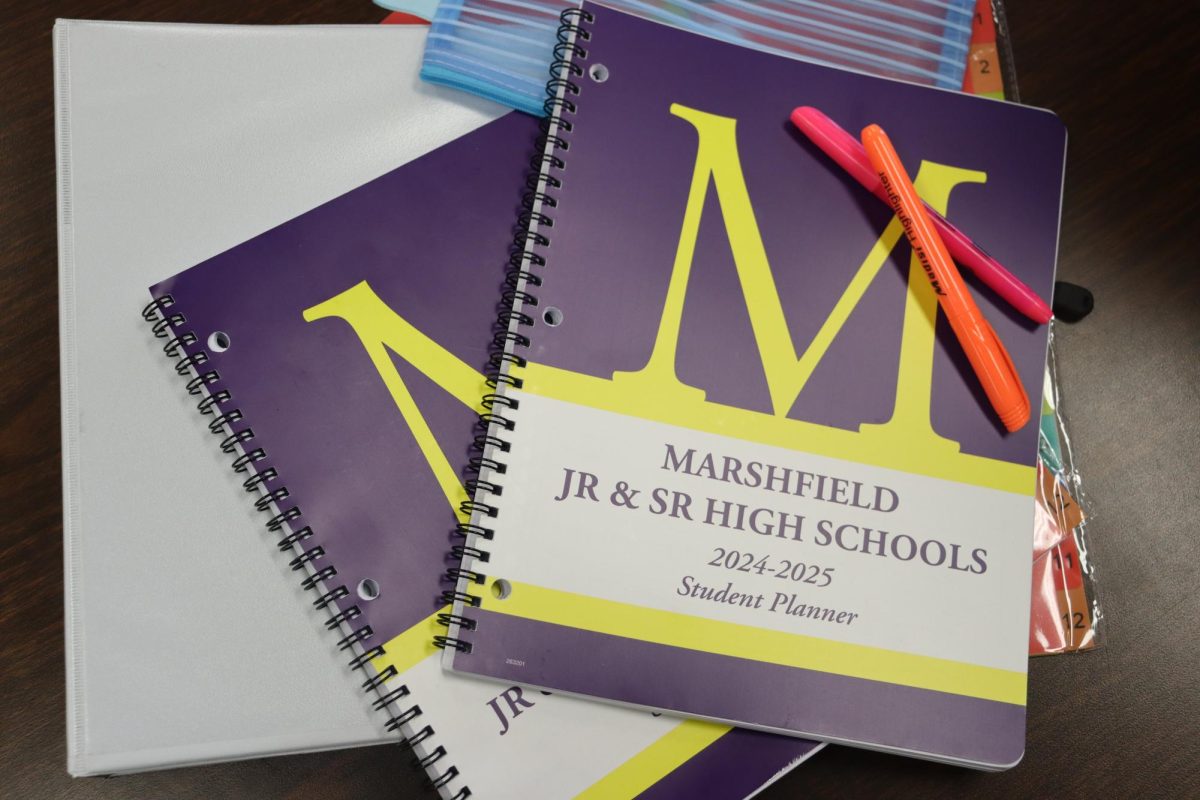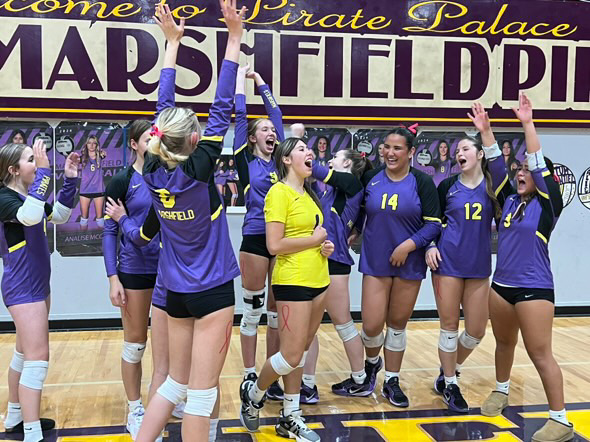District officials are looking into new plans to shoot down local school gun violence.
With school shootings on the rise and the close proximity of the Umpqua Community College tragedy earlier this fall, changes in planning and preparation in the event of a school shooting are being implemented. Clarification for dealing with such a situation became even more apparent after a lock-down on Oct. 2 which left many students and staff members unsure about what to do, including sophomore Marissa Erickson, who said there has been no preparation for a school shooting situation.
“I don’t remember having a school shooting drill the whole time I’ve gone to school here,” Erickson said.
According to Athletic Director Greg Mulkey, who helps oversee emergency situations on campus, the situation revealed areas for improvement in how the school deals with such emergencies.
“We learned a lot from that. It gave us a lot of ideas of what would happen in a real life situation. We had numerous people come on campus to pick up kids,” Mulkey said.
Todd Tardie, campus security officer, said there are currently three broad types of plans for dealing with emergencies. A lock-out occurs when there is a possible threat or an active shooter in Coos Bay or nearby and classes continue as normal, though no one is to enter or leave campus. Another situation is if there is an active shooter on campus or near the school, which causes students and staff to scatter out of fear, then people on campus are directed to clear out and go to a determined meeting point. The third situation is a lock-in if an active shooter is on campus, in which case everyone is to rush to a room for safety and hide.
Passively hiding during an active shooting may no longer be the norm. Maintenance supervisor Rick Roberts is leading the district in ALICE (alert, lockdown, inform, counter and evacuate) training, which will provide a procedure and tools to react to a school shooting.
“We’ve revamped our emergency response procedures. We’ll be talking about ALICE training which will help us to negotiate our way through one of those events if it were to occur, and I think the district is taking a very proactive approach in making sure that we’re successful in getting through one of these,” Roberts said.
According to junior Spencer Mead, the plan is a good change.
“It makes a little more sense because if they were to get into the classroom [the ALICE approach] would possibly slow them down and then people could go at them and tackle them because that’s usually how most school shootings have ended,” Mead said. “Hiding under tables isn’t going to help you if someone gets into the room. I think the idea of doing something once somebody gets into the room is a good change.”
Communication problems also caused unnecessary stress during the lock-out on Oct. 2 when an automated call system started contacting student homes with a generic message about the lock-out. Additionally, students began sending text messages about the situation despite having little information.
“They caused undue panic with parents by calling and saying there was a possible threat and at that point not even cancelling school for the day,” Mead said.
Tardie said cell phone communication did contribute to the hectic situation and brought many parents to school to pick up students.
“Once one person sends a text to their mom saying, ‘Hey mom, there’s an active shooter,’ then that message spreads and everyone knows,” Tardie said.
Despite communication issues and the uncertainty felt by many around campus during the lock-out, some said training students and teachers to engage in a more proactive approach to an active shooter is not necessarily the way to go. Time spent practicing active shooter drills, which may be part of ALICE training, has some students and staff concerned about the effect on those participating in such drills and whether they should be put in a position to be directly involved in ending a shooting.
“The teachers didn’t pursue a career in security,” Erickson said. “[They] don’t go through training on how to fight fires even though there are possibilities of school fires.”
Students and staff district-wide can expect to learn about and perhaps practice the principles of ALICE throughout the school year with possible drills by the end of the school year. Mulkey said implementing the district’s new emergency plan will solve some of the issues that arose during the lock-out.
“Looking back on that, I think that’s where ALICE training addresses those issues,” Mulkey said. “It addresses issues that if there was a threat in the school, how would the school district deal with that, how the administration and staff would deal with it.”























